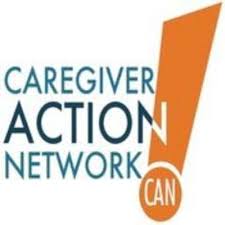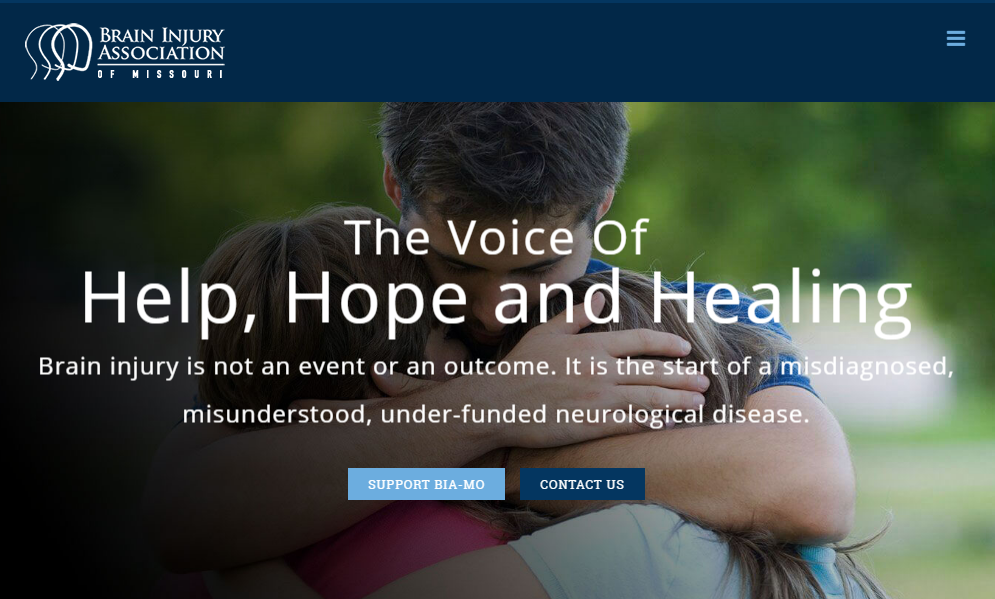A Pain that Makes You Want to Die
Beth Seickel felt like she wanted to die last week. A trauma nurse with 30 years of experience, and diagnosed 10 years ago with reflex sympathetic dystrophy (RSD), she has seen and endured pain before. But a recent fall triggered a flare.
“It was like being in prison and they’re throwing acid on you non-stop,” said Seickel. “It was torture. I couldn’t even talk.”
RSD, also known as chronic regional pain syndrome (CRPS), is characterized by one of the most severe levels of pain―42 out of a possible 50 on the McGill University Pain Scale, according to the RSD Syndrome Association (RSDSA). With CRPS/RSD, the nervous and immune systems malfunction as they respond to tissue damage from trauma. The nerves misfire, sending constant pain signals to the brain. Any type of trauma, such as stubbing your toe, or getting injured from a fall can set off flares of excruciating pain.
A small percentage of those with CRPS/RSD take their own lives. RSDSA notes that suicides are almost always the result of complex issues beyond the fact of physical pain. The organization provides resources available for suicide prevention and aftermath.
Last week, Beth was in the ICU. This week, gritting through the pain and a bout of pneumonia, she is preparing for the second annual RSDSA Walk on Sept. 9, in Long Island, New York.
With a passion that only someone who has been affected by the disease could match, Seickel is committed to raising funds and awareness of the complexities and challenges of RSD/CRPS. They include difficulties with diagnosis, differences in the problems faced by adults and youths, health insurance coverage for medications and treatments that are not FDA approved, and difficulty obtaining Social Security disability benefits.
As co-chair of the annual RSDSA Walk, she wants to give back to an organization and community that has given her and thousands of others, validation and support. The goal is to raise awareness, fund better treatments, and to find a cure for the disabling neuro-inflammatory disorder. Despite studies that show an estimated 50,000 people join the CRPS population annually, CRPS/RSD is classified as a rare disease by the FDA.
Participants can walk, run, roll, or use whatever method works best for them, to participate. Educational resources, sponsors, and health professionals will be on hand, along with activities for children. Following is a barbeque lunch to encourage socializing with other CRPS patients, care givers and medical professionals. People outside of the Long Island area can register as a virtual walker, or you can register at the event.
Allsup
Related Articles

Uncategorized
Helping Family Caregivers With What They Need to Know

Uncategorized
Understanding MS and Disability Benefits

Uncategorized
BIA-MO Gets Real about Brain Injury Awareness

